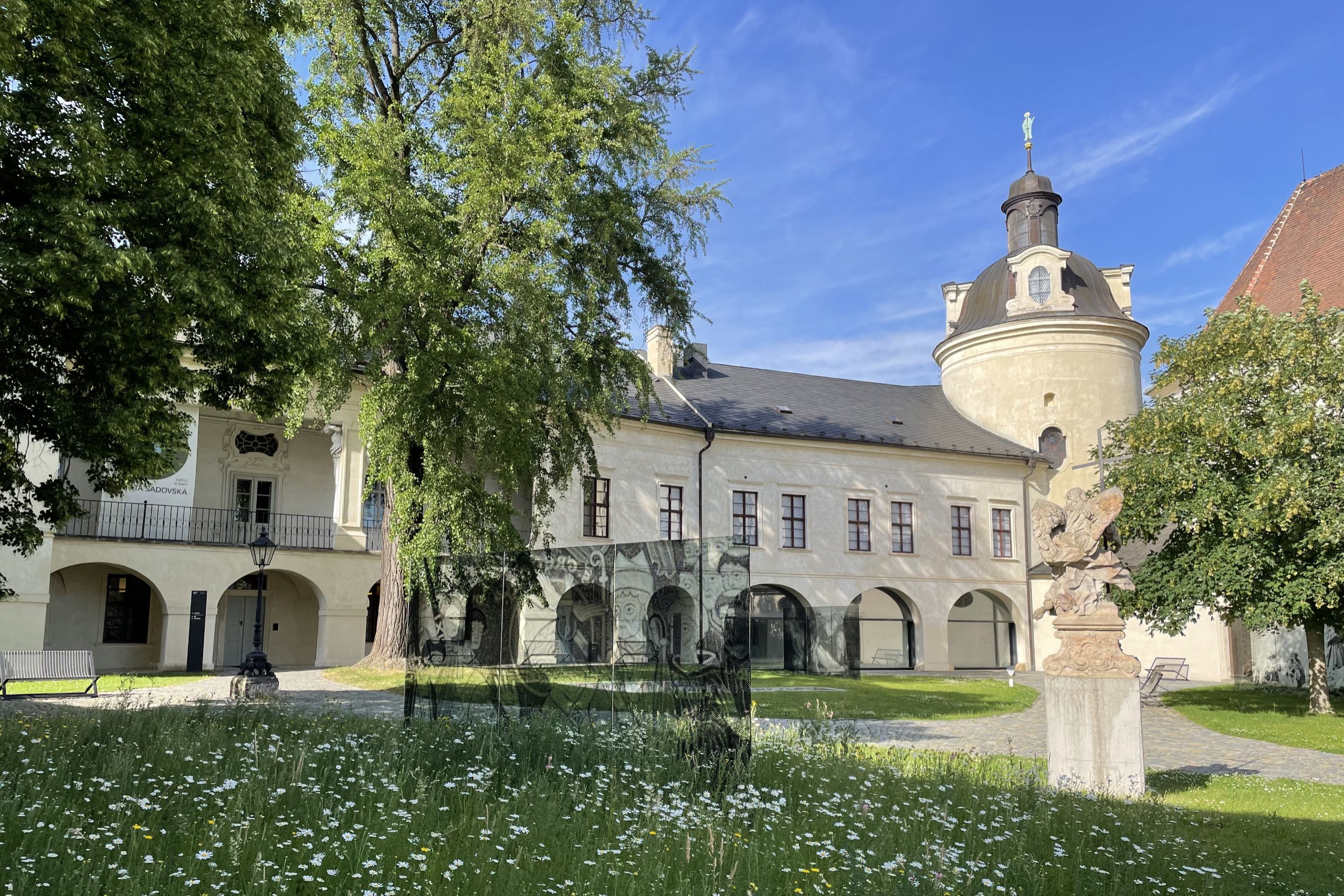May 29, 2024
Announcing our new cultural walking tour in our home town of the Czech Republic 'A Musical Exploration of the Czech Republic through it's Composers'
It is said that you never know your own town and it is certainly true that we learnt more about London during Covid than we had experienced before. But is the same true about the Czech Republic whose population is similar to London and where you can travel from one side to the other in a day? My regular readers - you know who you are - will have already surmised that the answer is a resounding yes!
Kudus have long asked for a tour of the Czech Republic so Tereza and I set out to design an expedition through our home country of Moravia, mostly missing Bohemia which lies to the west. Though the two nations are inextricably entwined within the Czech Republic, there is a mutual awareness than could be compared to Lancastrian and Yorkist.
Landing at Vienna, our first stop for Kudus will be just across the border into the Czech Republic where Valtice lies snug by what was once no man's land. This area, dominated by the Lichtenstein family for hundreds of years, features chateaux, stables and riding halls; follies secreted in forests and towering churches with horned statues of Moses and abundant congregations. Coupled with wines that have been produced in the region for centuries, the area makes for an ideal introduction to the country which we now call home. We may even visit the baroque chateau where our wedding took place.

We spent our next ongoing reconnaissance day on a wonderfully scenic drive past lofty churches and 19th century castles to the Republic’s sixth largest city, a university town of some 100,000 people and some of the most colossal architectural buildings we have encountered. From its twenty-two churches - it used to be thirty-two until Joseph II did a deal with the local bishop to exchange ten churches for a green space - to frescoes above a shop front, this place enchants and invites further examination.
Our private guide led us through half deserted streets, avoiding the trams that have been here since the 1880s, past Hapsburg barracks and communist straplines with a 1499 pharmacy and no fewer than seven fountains. An al fresco dinner with more than above average food and very pleasant Czech wine rounded off the day.

The next day saw us close to the Polish border in Ostrava, traditionally the industrial heart of the country, now much transformed since the closure of its coal and iron ore operations. This city, the second largest urban area outside Prague, does not hide its grimy past with pitheads standing out in open fields like giants bemoaning their own demise. Even the opera house, a fine candy floss edifice, sits above an abandoned mine and the town features many buildings that have seen better days. Yet for all this architectural blight, like so many English cities of the North, Ostrava has recovered and braves the world with fin de siècle buildings and a thriving commercial present and future, attracting global business from all parts of Europe and Asia.
Our opera was Smetana’s last, the ‘Devil’s Wall’, with fine voices and tunes to match any of the more well known ‘greats’. Czech audiences like their operas and turn out to fill houses where tickets are excellent value and boxes are full. No fewer than eight (8) cities in the Czech Republic have their own opera houses, this in a country of 10 million people - the comparison with England is obvious when the ENO is searching for a home and Covent Garden is prohibitively expensive.

Our whirlwind reconnaissance then focused on Janáček whom we will couple with Smetana and Martinů in our planned Kudu excursions to such unknown towns as Polička and Litomyšl. These latter are close to our home so our recce spent time exploring Janáček's birthplace and last residence and his favourite spa town of Luhačovice where he took the waters with his favourite ‘muse’, Kamila Stösslová, who could never understand the composer’s fixation with her and her family.
Luhačovice is famous for its various treatments and sanatoria; one almost felt guilty for not using walking sticks. But in all that, the central promenade, where many famous Czech artists and composers wandered among impressive 19th century buildings, is a pleasure and our hotel, complete with meditation yurts, will delight seekers of ‘wellness’ as well as providing sustenance and wines to enjoy.

Our return home traverses Brno where Kudus will spend two nights in this typical second city with its university vibe and spiralling cathedral. Its pedestrianised city centre will entice shoppers and the cafes on every corner will beckon with confectionery to almost literally die for.
The first trip will run 3rd - 14th September 2025 and we are looking forward to showing Kudus our country and a small slice of our life.
To view more information about our new tour 'A Musical Exploration of the Czech Republic through its Composers', click here

